Figures & data
Figure 1. Schusteria marina sp. nov. adult. (a) Right chelicera, antiaxial view; (b) left rutellum ventral view; (c) left pedipalp, antiaxial view.
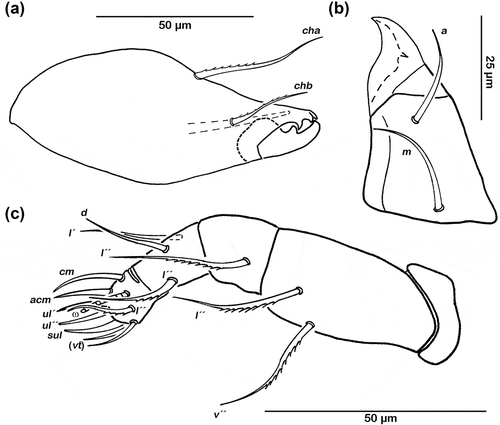
Figure 2. Schusteria marina sp. nov. adult. (a) Dorsal view, legs omitted; (b) ventral view, legs only drawn partially; (c) lateral view, tibia and tarsus II broken off.
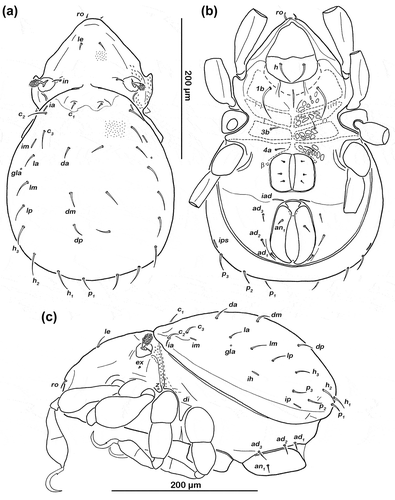
Table 1. Schusteria marina sp. nov. adult; leg setation, chaetome and solenidia; () = pairs of setae.
Figure 3. Schusteria marina sp. nov. adult, legs antiaxial view. (a) Right leg I; (b) right leg II; (c) left leg III; (d) left leg IV.
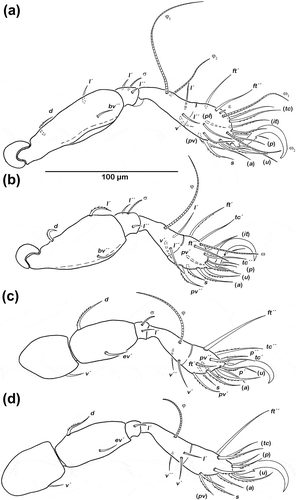
Figure 4. Photographs of sample locations. (A) Type locality, Martinique, Pointe Marin, mangrove roots of Rhizophora mangle overgrown with the intertidal alga Bostrychia sp.,; (B) Grenada, La Sagesse Beach, concrete block overgrown with Bostrychia and diverse other algae.
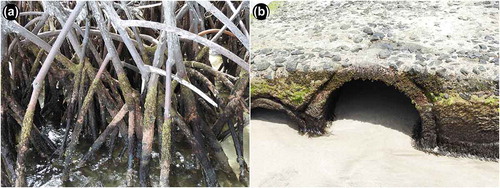
Figure 5. Microscopic photographs of anterior ventral region showing possible evolution of epimeral ridge from plesiomorphic absence through development as strong ventral carina. Arrowheads indicating the structure on right body side. (A) Schusteria melanomerus – no ridges; (B) Schusteria marina sp. nov. – small faint ridges; (C) Carinozetes bermudensis – long carinae, slightly converging; (D) Carinozetes mangrovi – long robust carinae, strongly converging.
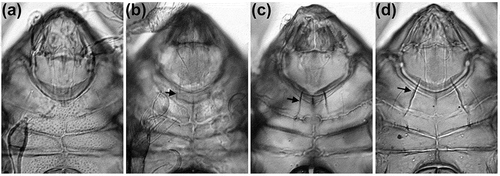
Table 2. Comparison of distinguishing morphological characters of known Schusteria species.
